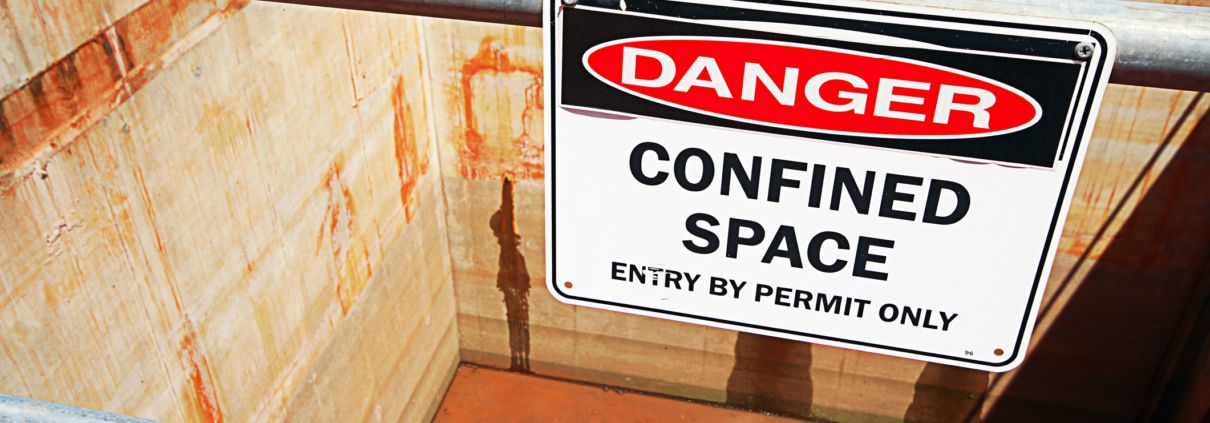Understanding the Risks of Confined Spaces
Working in confined spaces can be significantly risky without the right knowledge and preparedness. In the construction and industrial maintenance world, understanding these risks and knowing how to navigate them with practical training methods can be the difference between life and death.
Why Confined Space Training is Critical
Confined spaces can be dangerous in ways that may not be present in more open environments. These hazards can include toxic atmospheres, oxygen deficiency, fires, entrapment, and difficulty in emergency response. With the proper training, workers can be protected from these risks, ensuring personal safety and compliance with safety regulations.
What is Confined Space Training?
Confined space training equips individuals with the skills and knowledge to work in confined spaces safely. This includes understanding what constitutes a confined space, identifying the potential hazards, and learning the best practices for entering, working in, and exiting these areas.
Key components of training often cover topics such as:
- Assessing and managing risks associated with confined spaces
- The use of specialized equipment for safe entry and exit
- Emergency response planning and first aid
- Proper communication protocols
- Roles and responsibilities of the confined space team
The Core Benefits of Confined Space Training
The benefits of comprehensive training extend beyond mere compliance. By making sure your team is properly trained, you can benefit from:
- Improved Safety: Knowledgeable workers make smarter decisions, reducing the likelihood of accidents.
- Enhanced Productivity: Workers who feel safe can focus on the task at hand, improving efficiency.
- Reduced Liability: By adhering to regulatory standards, businesses can avoid costly fines and legal consequences.
- Better Emergency Preparedness: Training helps teams respond effectively to emergencies, potentially saving lives.
Creating a Culture of Safety
Building a culture that prioritizes workplace safety can have deep implications for small businesses and construction businesses. This doesn’t only apply to large companies; small businesses must also invest in workplace safety training. Confined space training is a key element of this, especially as workers may have fewer resources than larger corporations.
By making safety training, including confined space awareness, a cornerstone of your operational policies, you embed the value of safety within every layer of your organization.
Integrating Training into Your Safety Program
Effective confined space training should be ongoing, not a one-time event. It should include:
- Regularly scheduled refresher courses
- Hands-on simulations and drills
- Periodic evaluations of safety practices
- Open forums for feedback on safety protocols
Prepare Your Team With Confined Space Training
For those in construction and related fields, confined space training isn’t just a legal requirement – it’s a moral imperative. Taking proactive steps to mitigate risks through specialized training is a testament to the value you place on every employee’s life and well-being. Investing in the right training is not just good business; it’s a crucial responsibility every safety-conscious organization must undertake.
For more resources and training options on cultivating an informed safety approach in confined spaces, contact Construction Safety Experts. Our safety trainers can help you design the right training program to keep your team safe in any confined space scenario. Call us at (919) 463-0669 or visit our website to get started.








